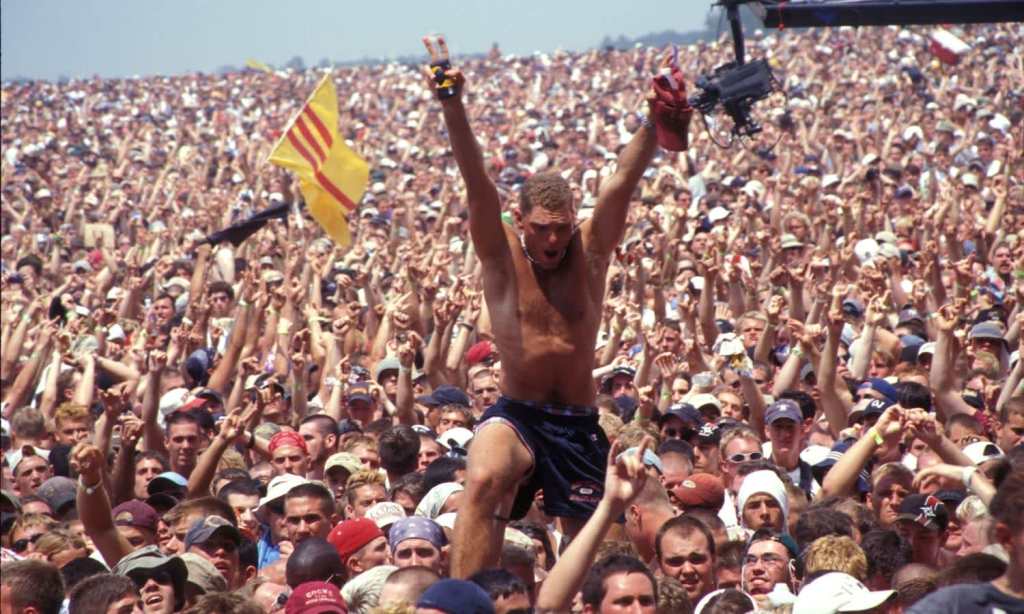*TW: This article mentions sexual assault*
In 1969, the original Woodstock concert took place about two hours north of New York City.
On the lineup were some of the world’s most iconic acts, such as Jimi Hendrix, The Who, The Grateful Dead, Crosby, Stills and Nash, Jefferson Airplane and Janis Joplin, just to name a few.
Over the course of the three days, there were 742 drug overdoses and also two deaths (one from a tractor accident and one from insulin usage) but otherwise, the event was praised for how peaceful it was and how it was a utopian example of how the world could be.
The success of the first Woodstock inspired festival organisers to throw a modern iteration of the music festival in 1999 that was supposed to “echo unity and counterculture idealism of the original 1969 concert”, but instead devolved into riots, looting, and sexual assaults.
The 1999 lineup included DMX, Limp Bizkit, Korn, Rage Against the Machine, Red Hot Chili Peppers, Sheryl Crow, The Roots, Jamiroquai, Limp Bizkit, The Chemical Brothers, Ice Cube and Creed.
Woodstock 99: Peace, Love, and Rage, which is now streaming on BINGE, examines how the festival eventually collapsed under the weight of its own misguided ambition and resulted in a grim outcome, earning the event the infamous distinction of “the day the nineties died.”
According to reports, police responded to four alleged instances of rape that occurred during the concert—which took place from July 22–25, 1999—including two alleged gang-rapes. Three people died.
The heat also played into the problems that erupted at the festival, at temperatures hovered around 38 degrees celsius, with few places to seek shade and bottles of water costing an exorbitant (for 1999) US$4. The facilities at the venue were also insufficient and quickly overflowed, becoming completely unusable.
These factors, combined with several others, resulted in concertgoers lighting dangerous impromptu-bonfires and vandalising everything from ATM’s to merch trailers to vendor stalls, which were also set ablaze.
Directed by Garret Price, the documentary “focuses a spotlight on American youth at the end of the millennium, pinpointing a moment in time when the angst of a generation galvanised into a seismic cultural shift.”
Set to a soundtrack of the era’s most aggressive rock bands, the film also reappraises the 1960s mythos, revealing hard truths about the dangers of rose-tinted nostalgia in the age of commercialism and bottom-line profits.
Woodstock 99: Peace, Love, and Rage is now streaming on BINGE.
Read more stories from The Latch and subscribe to our email newsletter.







